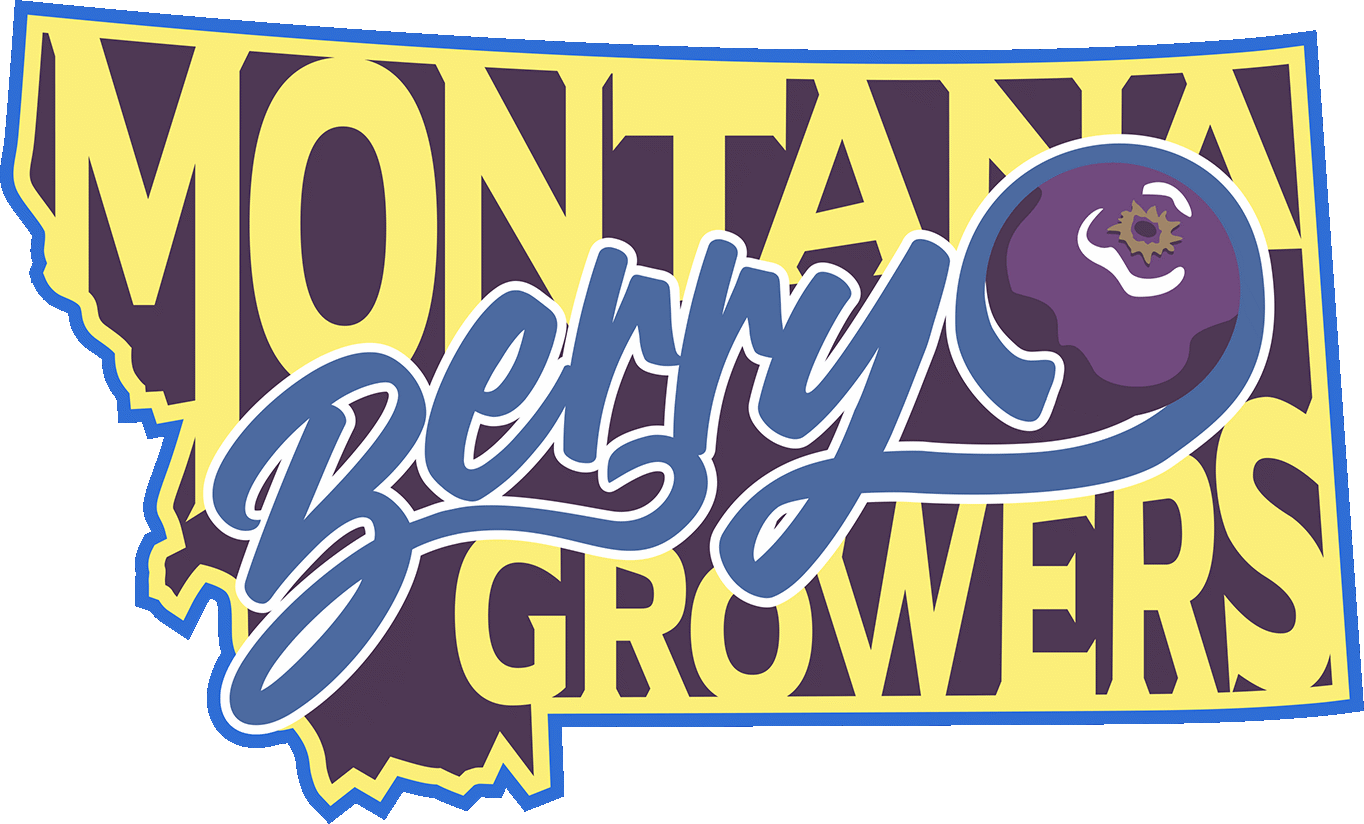
Chokecherries
Chokecherries are used to make wine, syrup, juice, and in various culinary delights, from puddings to jams and sauces. Chokecherry plants are native to North America and belong to the rose family. The fruit is acidic which is how it got its name. These trees attract pollinators, enhancing local ecosystems and biodiversity.
Unique Flavor Profile
The colors range from almost black to red to yellow. While astringent when eaten fresh, the addition of a sweetener transforms them into a wonderfully complex tasting, unique ingredient.
Local Montana Superfood
-
Chokecherries are high in nutrients, including vitamins A, C, K, and B6, as well as potassium and manganese.
-
They are also a great source of fiber and high in antioxidants.
-
They offer 2.5 grams of protein per cup.
-
A cancer-killer (see below*).
Great in Food, Beverages, Supplements
-
Chokecherry wine.
-
Syrup is among the most common ways to use this unique berry.
-
Pies, jams, and jellies: chokecherries can be used in many baked goods and desserts, such as pies, fruit balls, and cakes.
-
The inner bark of the chokecherry shrub is used to make cough syrups and sedatives.
-
Cooked chokecherry juice, pastes, and puddings are used by Native Americans to help with respiratory and digestive issues.
-
*Chokecherry pudding (with crushed, boiled pits) kills cancer cells, according to a recent study.
Versatile Ingredient for Pairing
Chokecherries need sugar or a sweetener and are usually best paired with other delicate flavors — pancake/waffle, pear, lemon, almond, etc. Some other ways to use chokecherries include beverages such as fruit wine, sour beer, liqueur, and even mead. Let us know how you pair it!
Harvest Time Early August to Late September
Fresh chokecherries are picked in early August to late September, give or take a few weeks. Although they grow well all over Montana, Lewistown dubs itself the Chokecherry Capital of Montana and hosts its annual Chokecherry Festival every September, attracting thousands.
Available Year Round
Whether fresh or frozen, Montana berry growers have supplies available until we sell out, but we often have frozen supplies all year.
Why buy our locally grown berries?
-
Best berries around. Our soils and climate help produce premium quality berries.
-
Wonderful taste and health benefits.
-
You directly support local growers. Our members run family-owned businesses and greatly appreciate you.
-
You help create jobs and the region grows stronger. Our whole community benefits.
Chokecherry Recipes and More Info
-
Making Jams, Jellies and Syrups including with Montana berries and fruit — Instructions for making jams, jellies and syrups with and without added pectin and for reduced-sugar fruit jams. | Source: MSU Extension MontGuide
-
Chokecherry Fruit Wine | Source: Tongue River Winery, Miles City, MT
-
Oaky Choke, Chokecherry Fruit Wine | Source: Tongue River Winery, Miles City, MT
-
White Chokecherry Fruit Wine | Source: Tongue River Winery, Miles City, MT
-
Classic Chokecherry Syrup | Source: Forager Chef
-
Chokecherry-Apple Fruit Leather | Mix chokecherry juice with well-blended applesauce, about 1:1. Spread about 1/8-inch thick on parchment paper on cookie trays. Dry in your oven, a dehydrator, or leave in direct sun for two to four days. Leather should peel off parchment easily. Fruit leather typically requires 3-6 hours in the oven to dehydrate, depending on the recipe, fruit type, and oven temperature. The oven should be set to its lowest setting, ideally between 140°F (60°C) and 200°F (93°C). Check the fruit leather periodically for doneness, as it should be pliable and not sticky to the touch.
-
20+ Chokecherry Recipes and Desserts | Source: The Smart Slow Cooker
Be sure to check back on here as we add more information, recipes, and videos, or simply subscribe to our newsletter, or follow us on Facebook and Instagram.

